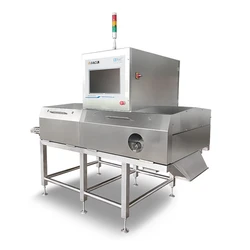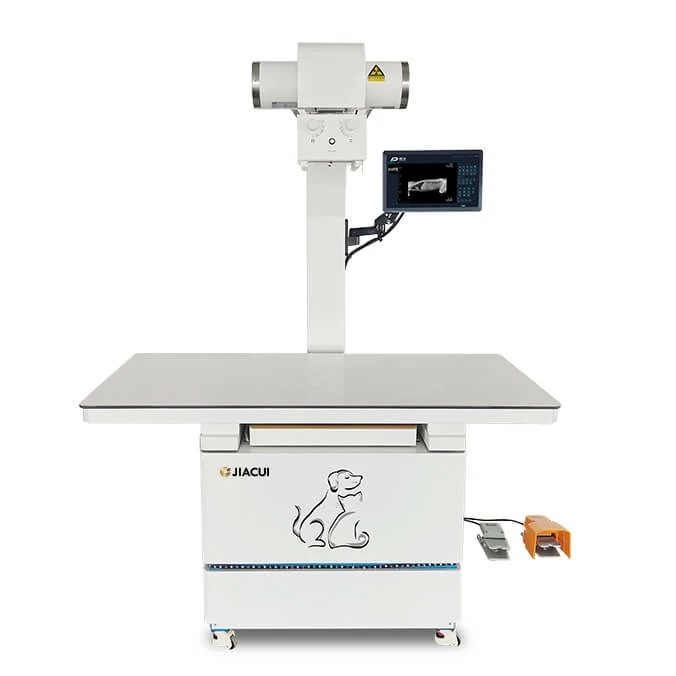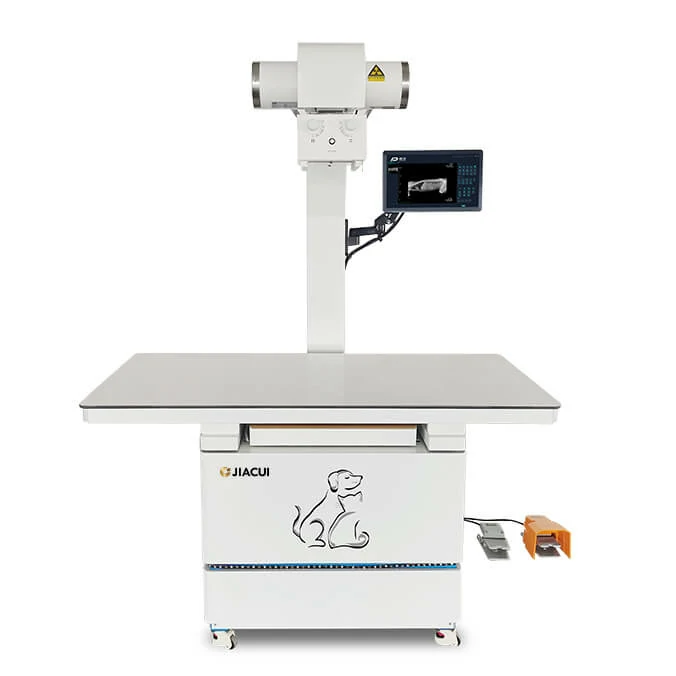Rice Color Sorters: The Intelligent Technology Revolutionizing Grain Processing
Release Date:2025-05-23 11:26 Number of views:300
Why Rice Color Sorters Are Essential in Modern Food Safety
From farm to fork, rice color sorting machines act as precision guardians, eliminating defective grains (e.g., moldy, discolored, or foreign particles) while improving product purity by 40%. According to the UN Food and Agriculture Organization (FAO), facilities using these systems report:
67% reduction in labor costs
91% fewer customer complaints
ROI within 6–12 months (based on 2,000kg/h throughput)
How Rice Color Sorting Machines Work: A 4-Stage Process
1. Vibratory Feeding & Layering
An electromagnetic feeder spreads rice grains into a single layer, ensuring optimal exposure for scanning (capacity: 500–3,000kg/h).
2. Multispectral Imaging Analysis
High-resolution CCD cameras and RGB/HSI sensors detect defects as small as 0.04mm, including:
Yellowed grains (caused by moisture)
Black/brown spots (fungal contamination)
Stones, glass, or plastic fragments
3. AI-Powered Decision Making
Deep learning algorithms analyze 5,000+ grains per second, achieving:
<0.01% false rejection rate
Self-optimizing thresholds for varied rice types (e.g., Basmati, Jasmine)
4. Precision Ejection System
128 high-speed pneumatic nozzles fire at 0.003-second intervals, removing impurities with 200x higher efficiency than manual sorting.
Top 3 Innovations Driving the Rice Sorting Industry
1. Energy-Efficient Design
50% lower power consumption via LED lighting vs. traditional halogen
Modular air compressors reduce annual maintenance costs by $1,200+
2. IoT-Enabled Smart Factories
Remote diagnostics cut downtime by 80% (per Meya Optoelectronics field data)
Real-time MES integration for traceability compliance (FDA, EU Regulation 2021/382)
3. Multi-Grain Adaptability
Quick-change chutes allow switching between rice, quinoa, and seeds in <15 minutes
Preloaded profiles for 20+ grain varieties (tested at China National Rice Research Institute)
Buyer’s Guide: 5 Critical Specifications to Compare
Throughput: Match capacity to your hourly output (small mills: 500kg/h; industrial: 3,000kg/h+)
Spectral Channels: RGB cameras for basic sorting vs. NIR/HSI for moisture/mold detection
Ejection Accuracy: Look for <0.02% good grain loss rates
Software: AI self-learning > static threshold systems
Certifications: FDA, CE, and ISO 22000 for export-focused operations














